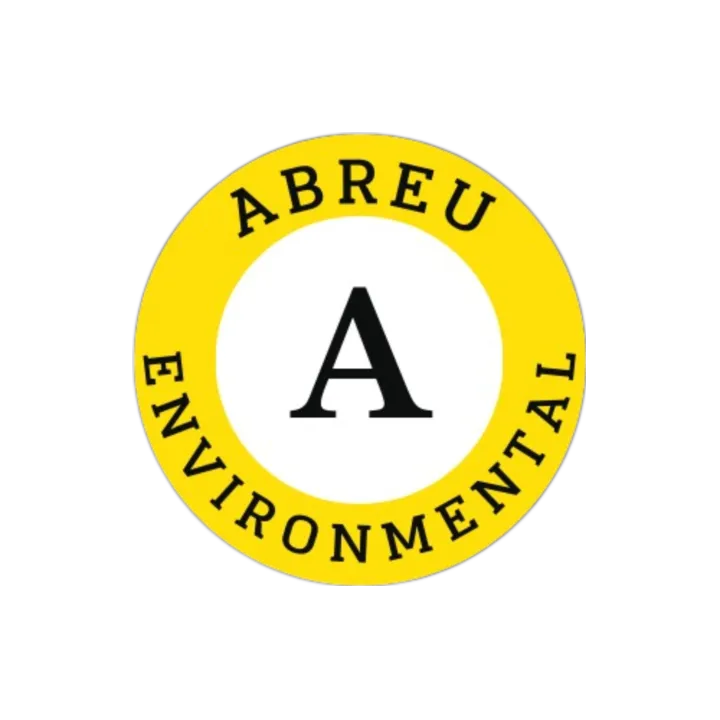Lead Paint Inspection vs Risk Assessment
Lead is a toxic substance that can cause severe health problems, especially in young children. It was commonly used in paint until it was banned in 1978. However, many older homes still have lead-based paint on the walls. To protect people from the hazards of lead exposure, there are two different types of assessments that can be conducted: lead paint inspection and lead risk assessment.
Lead Paint Inspection
A lead paint inspection is a thorough investigation that determines if there is lead-based paint in a home or building. The inspection can involve testing different surfaces, such as walls, ceilings, and floors, to determine if they contain lead-based paint. A lead paint inspection is typically conducted by a certified lead inspector who uses specialized equipment to collect paint samples for laboratory analysis.
If lead-based paint is found during the inspection, the inspector will provide a detailed report that includes the location and condition of the paint, as well as recommendations for how to address the hazard.
Lead Risk Assessment
A lead risk assessment is a comprehensive evaluation that determines the risk of lead exposure in a home or building. It involves a visual inspection of the property and an assessment of the occupants' behaviors and potential exposure pathways. A lead risk assessment is typically conducted by a certified lead risk assessor who uses a checklist to evaluate different areas of the home, including paint, water, and soil.
The assessor will also interview the occupants of the home to determine their habits and behaviors, such as whether they chew on pencils or eat non-food items. The risk assessment report will include recommendations for addressing any identified hazards, including lead-based paint.
Differences Between Lead Paint Inspection and Lead Risk Assessment
The main difference between a lead paint inspection and a lead risk assessment is that the former focuses on identifying the presence of lead-based paint, while the latter is a broader evaluation of the risk of lead exposure in the home.
Lead paint inspections are typically conducted when a property owner suspects that lead-based paint is present or when a property is being renovated or demolished. On the other hand, lead risk assessments are more commonly conducted when a child has been exposed to lead or when a property owner wants to evaluate the overall lead exposure risk in the property.
Another key difference is the methodology used in each assessment. A lead paint inspection involves collecting paint samples for laboratory analysis, while a lead risk assessment involves a visual inspection of the property, an evaluation of the occupants' behaviors, and an assessment of the potential exposure pathways.
Visit AbreuEnvironmental.com
In conclusion, both lead paint inspections and lead risk assessments are essential tools for protecting people from the hazards of lead exposure. While they serve different purposes, they can both provide critical information for addressing lead hazards in homes and buildings. Property owners should consult with a certified lead inspector or risk assessor to determine which assessment is appropriate for their needs.




